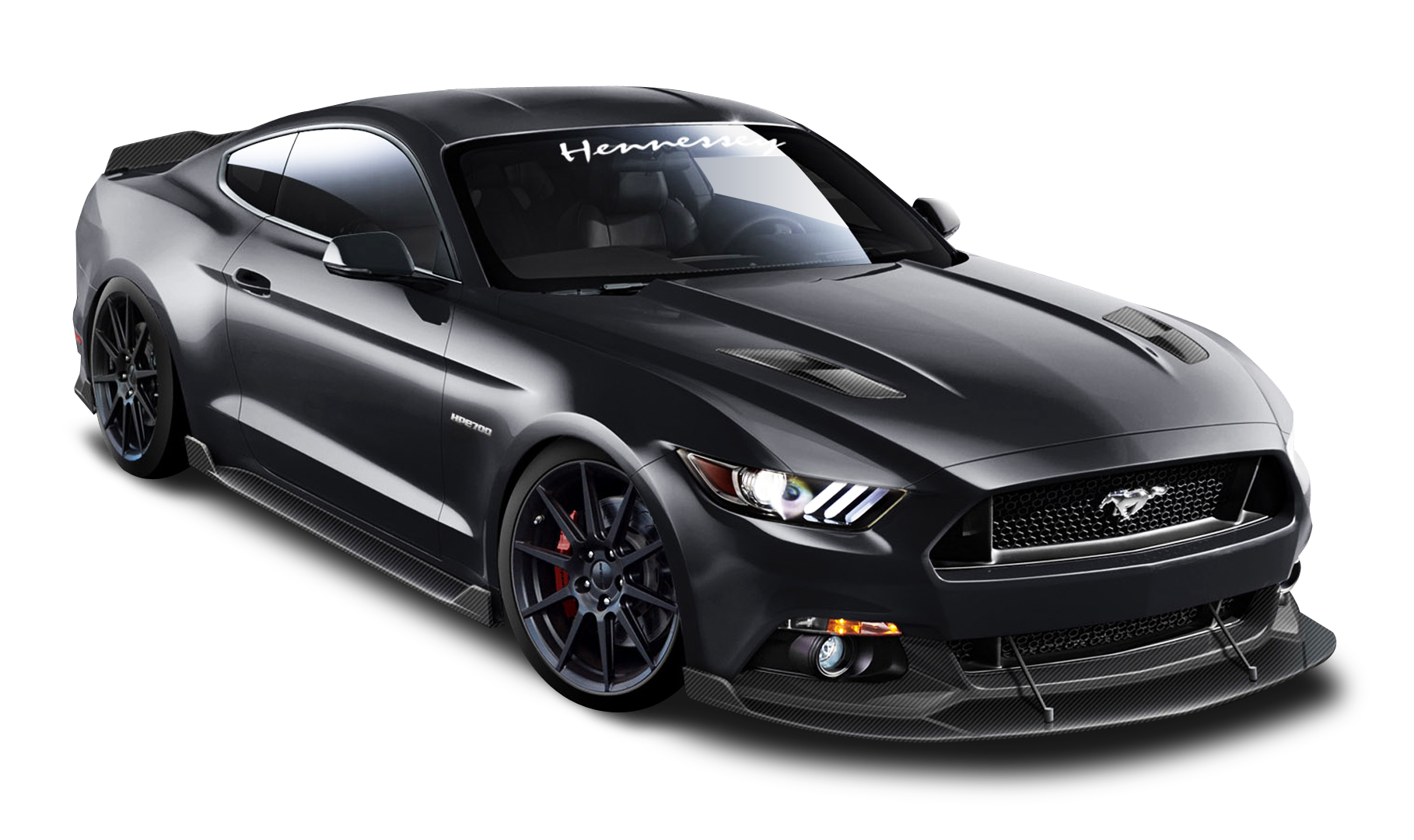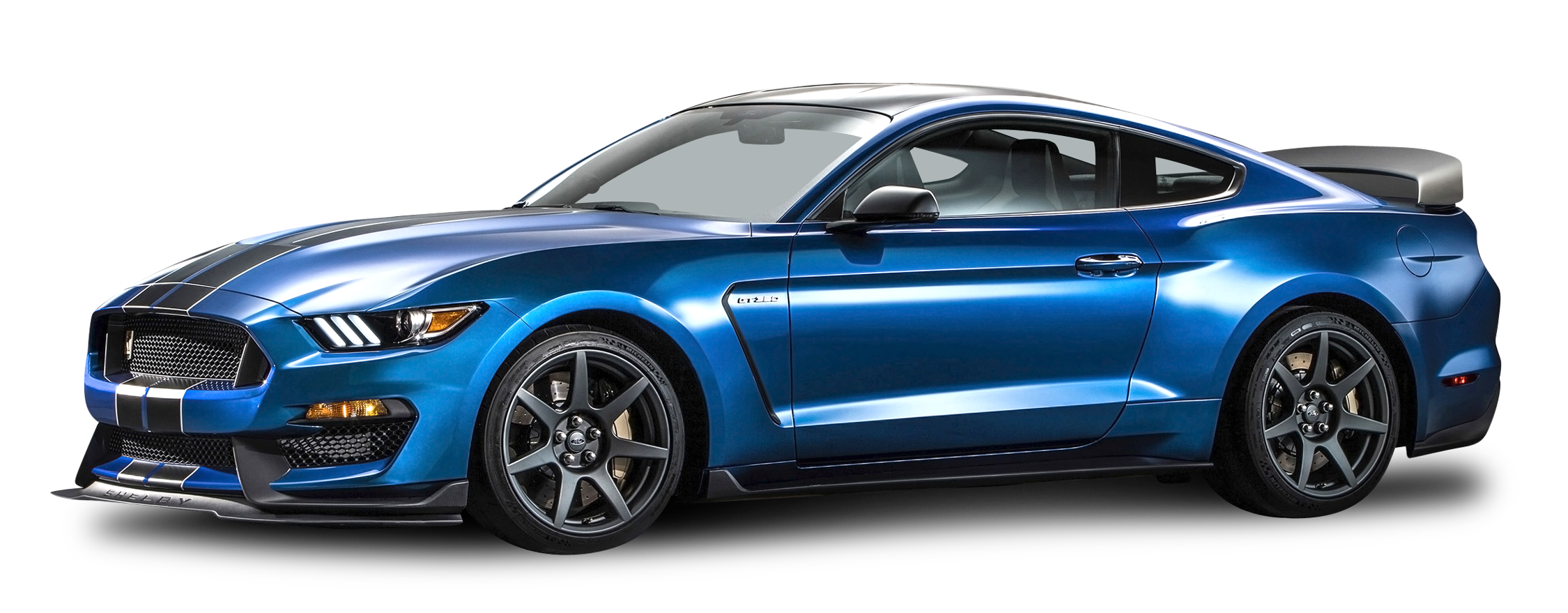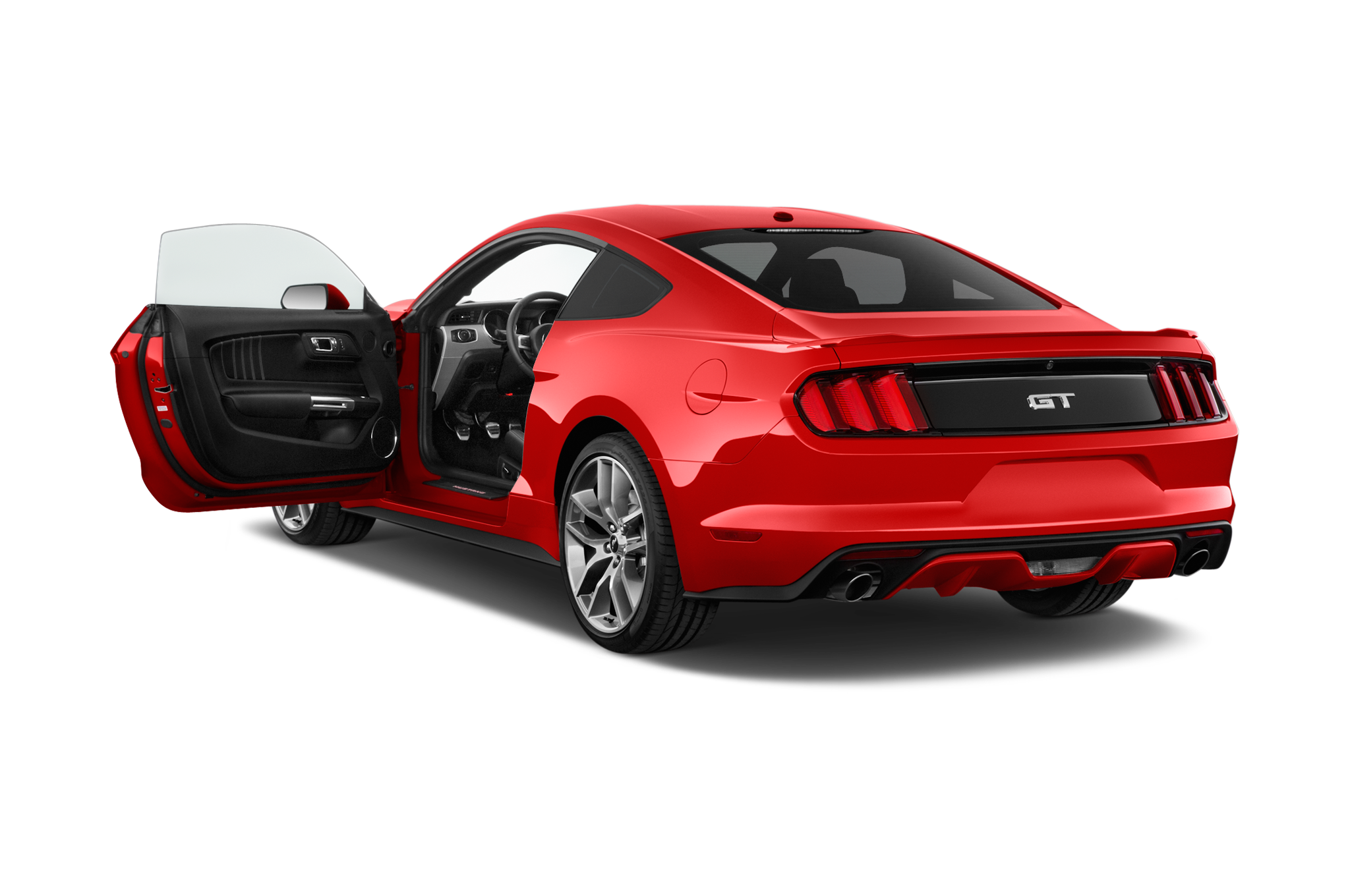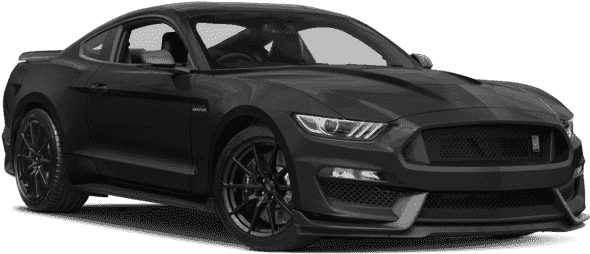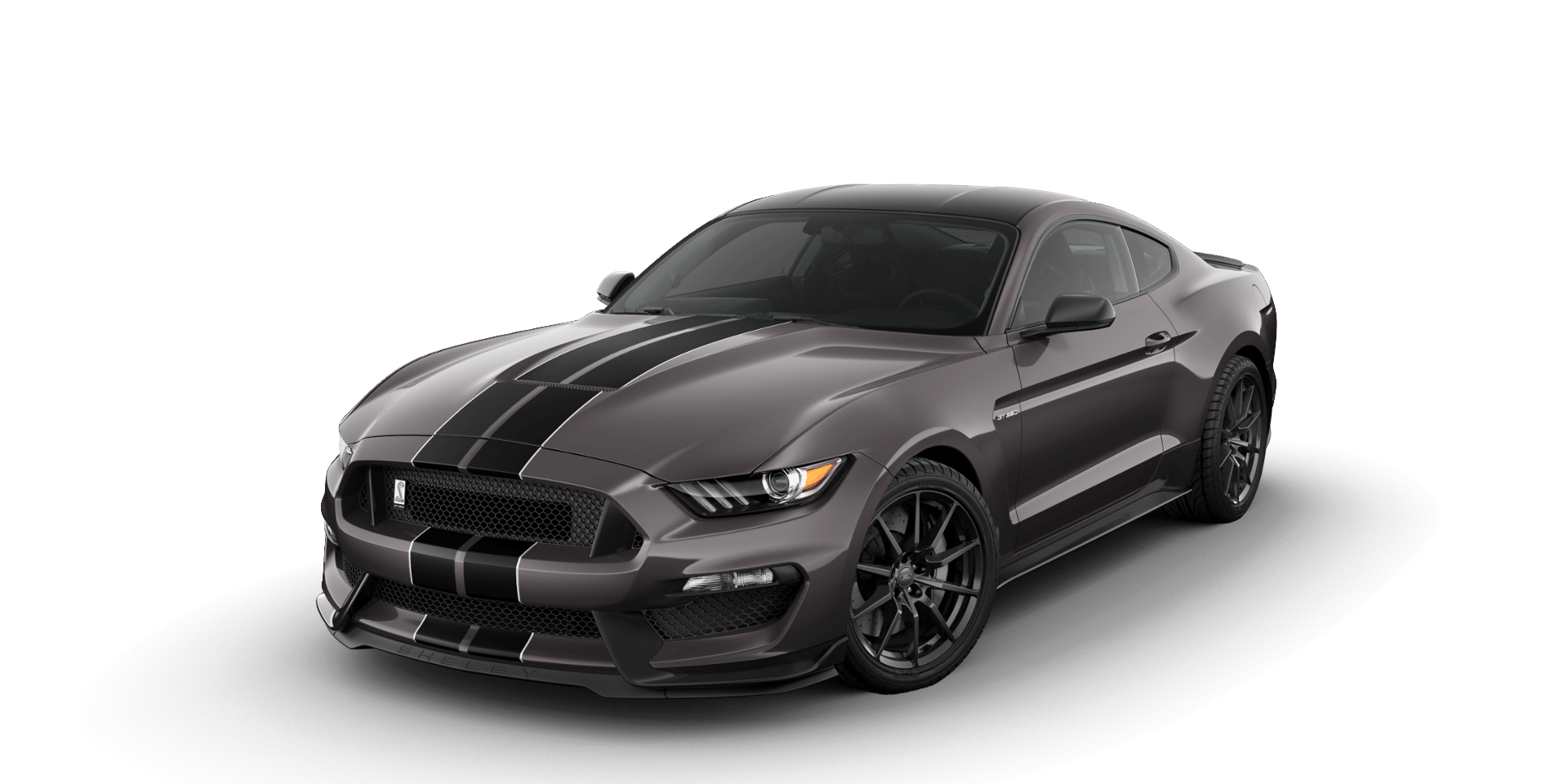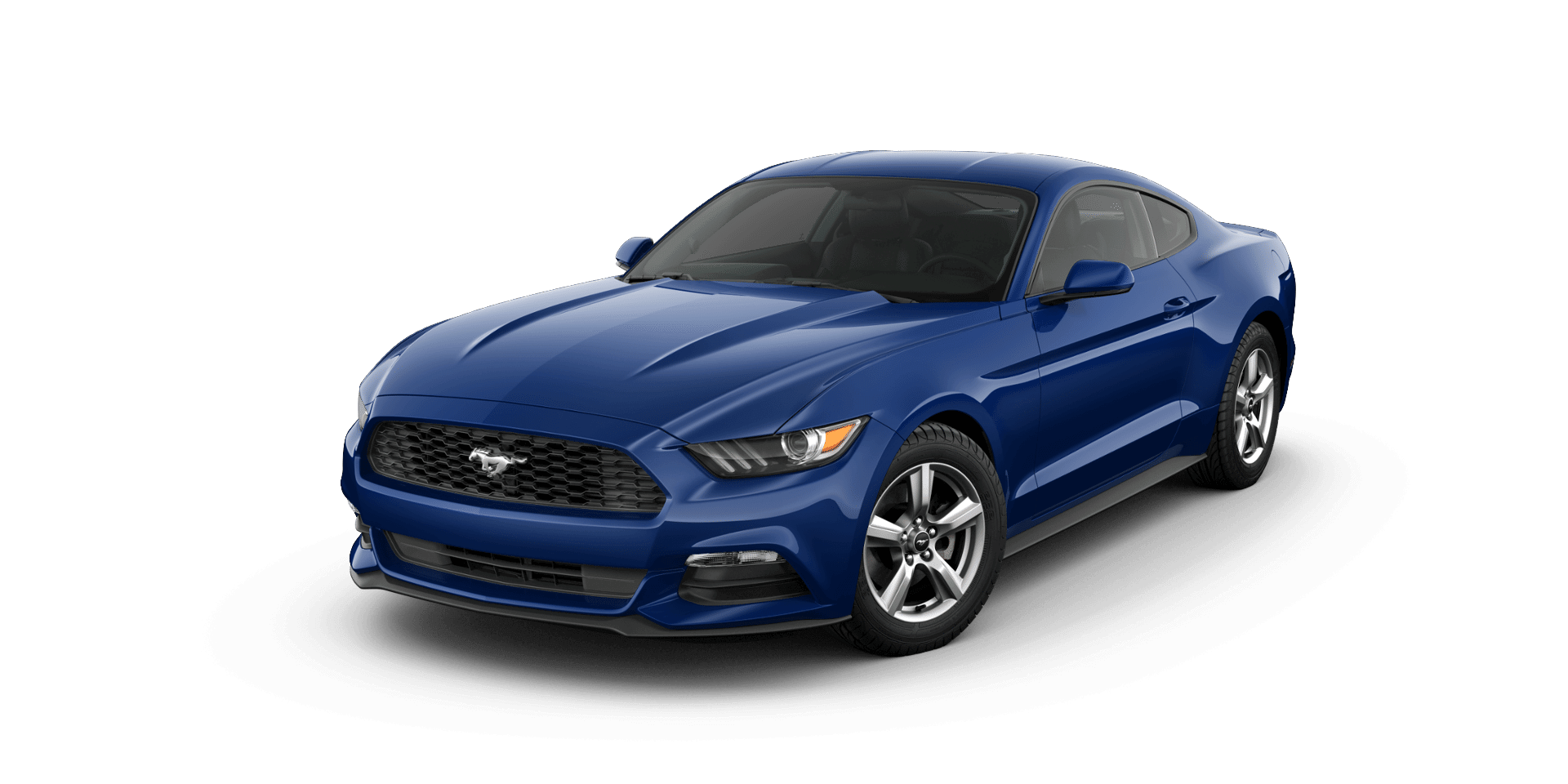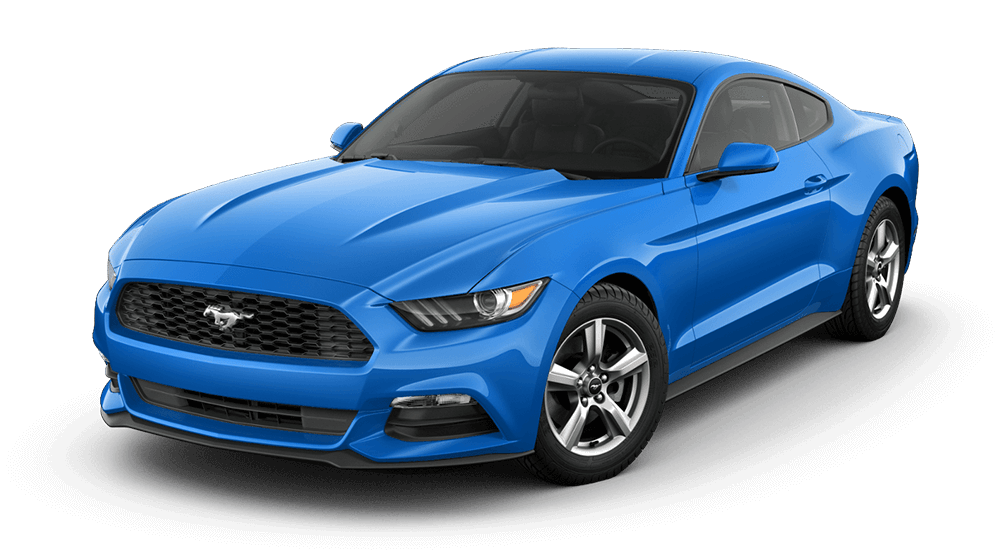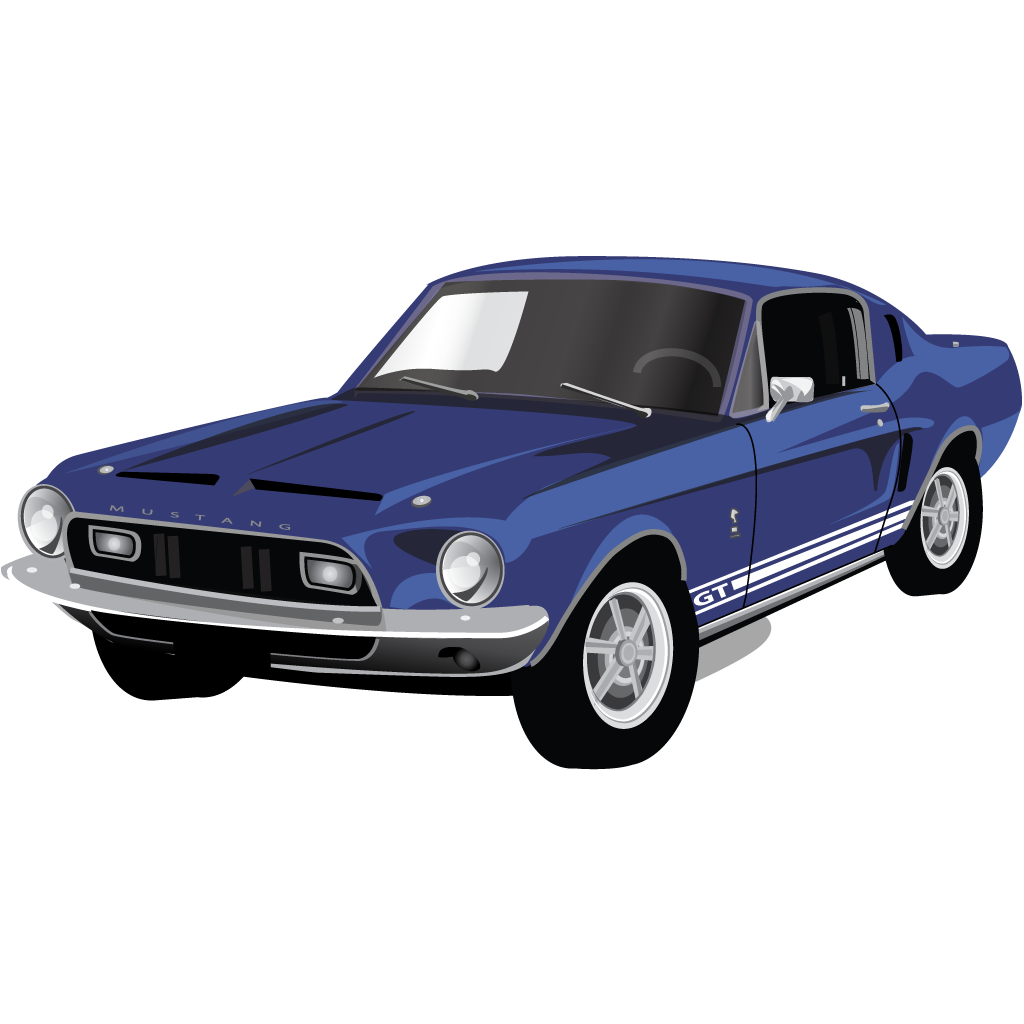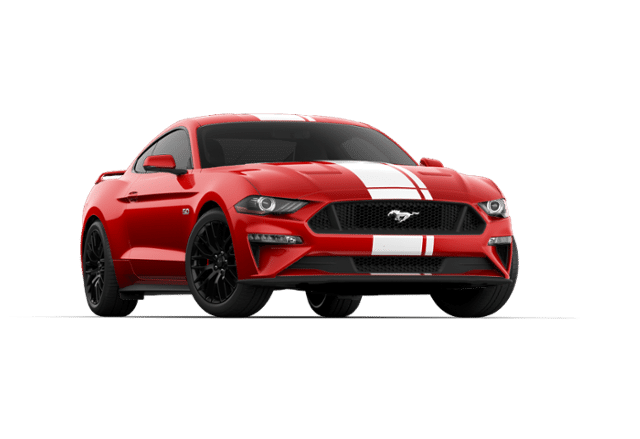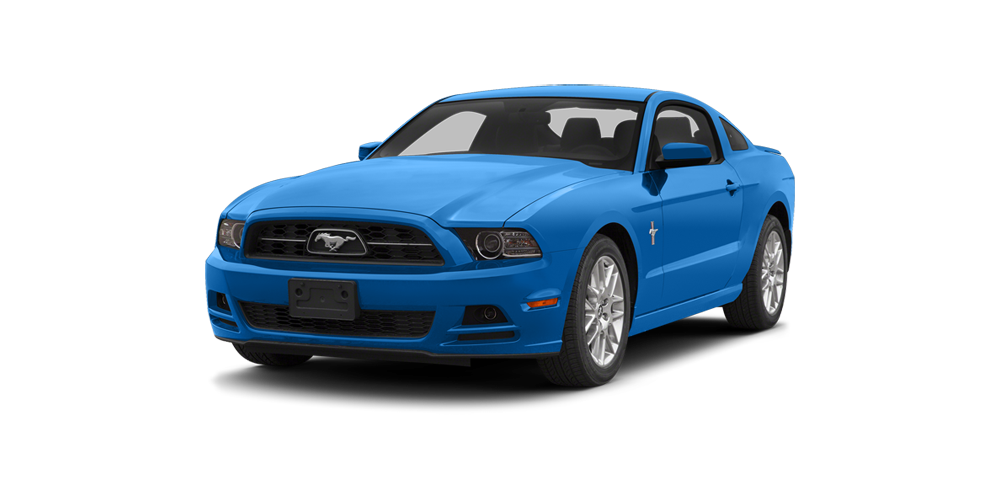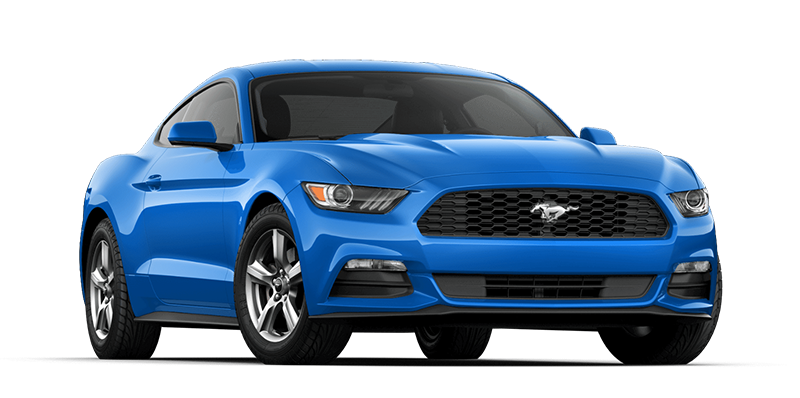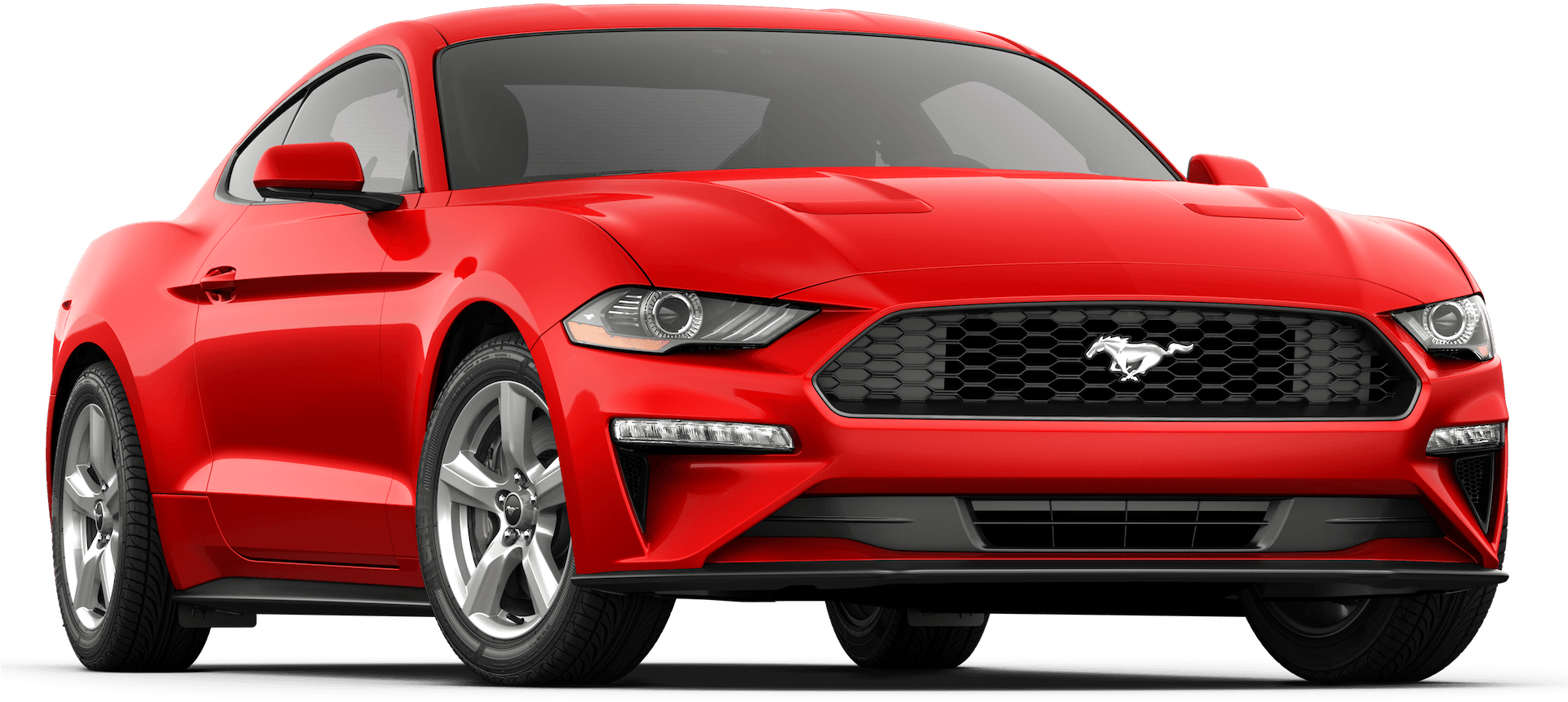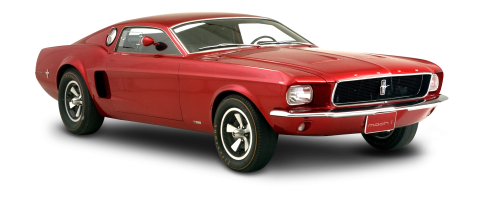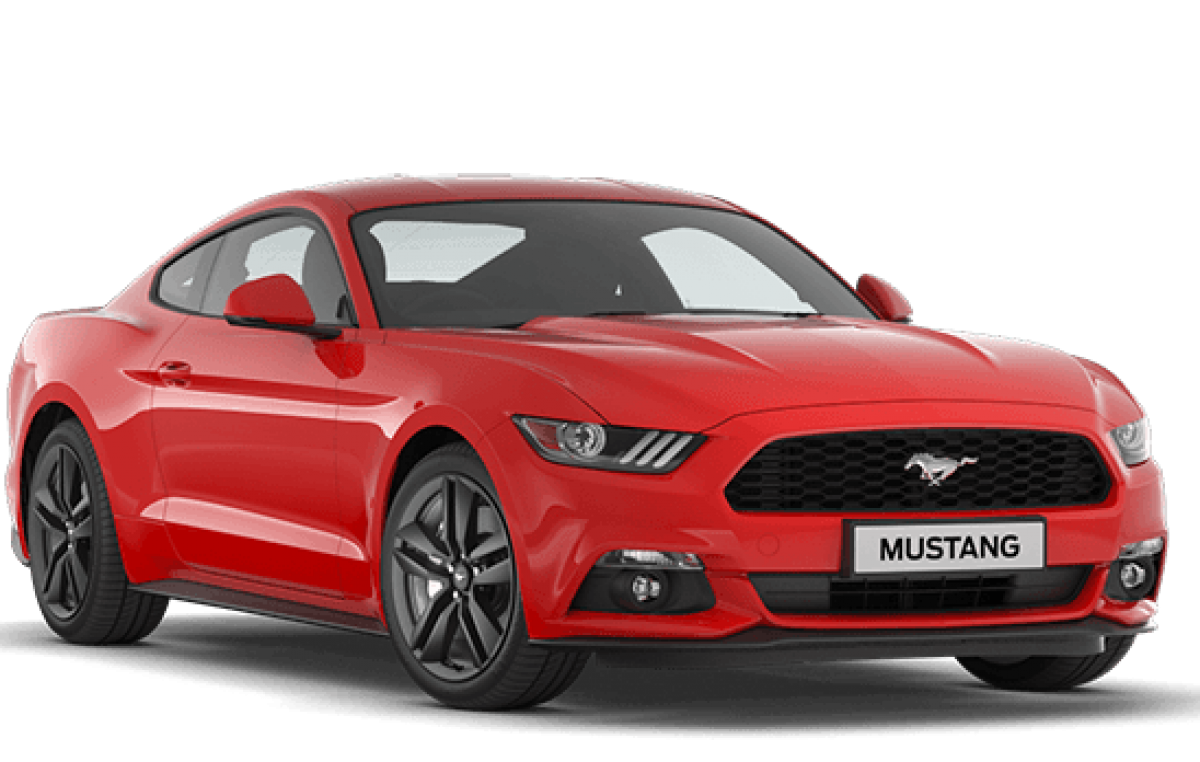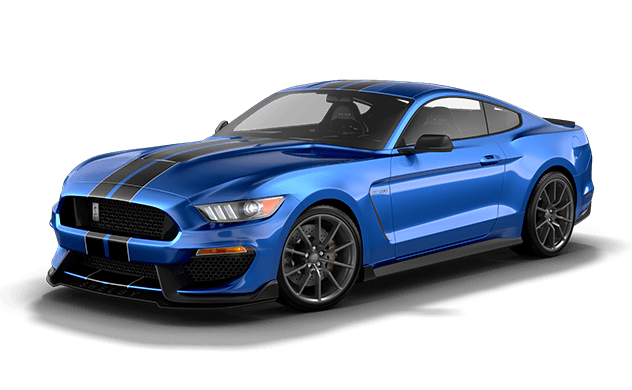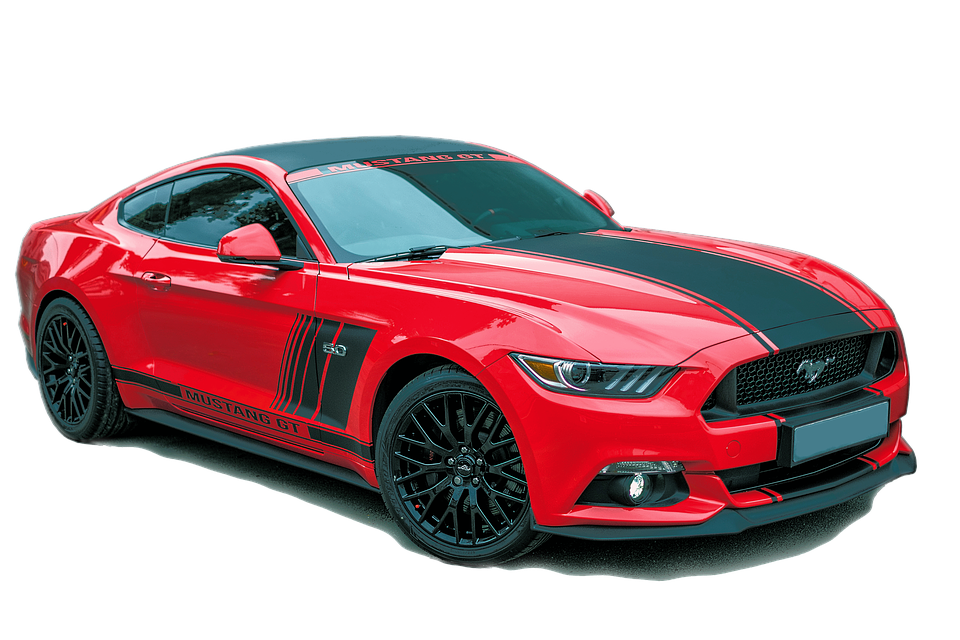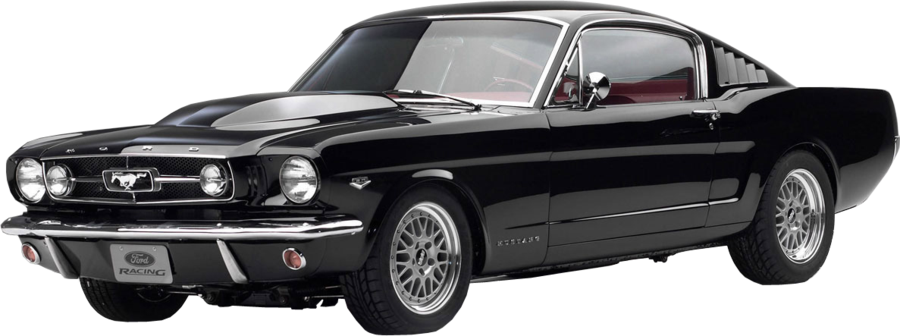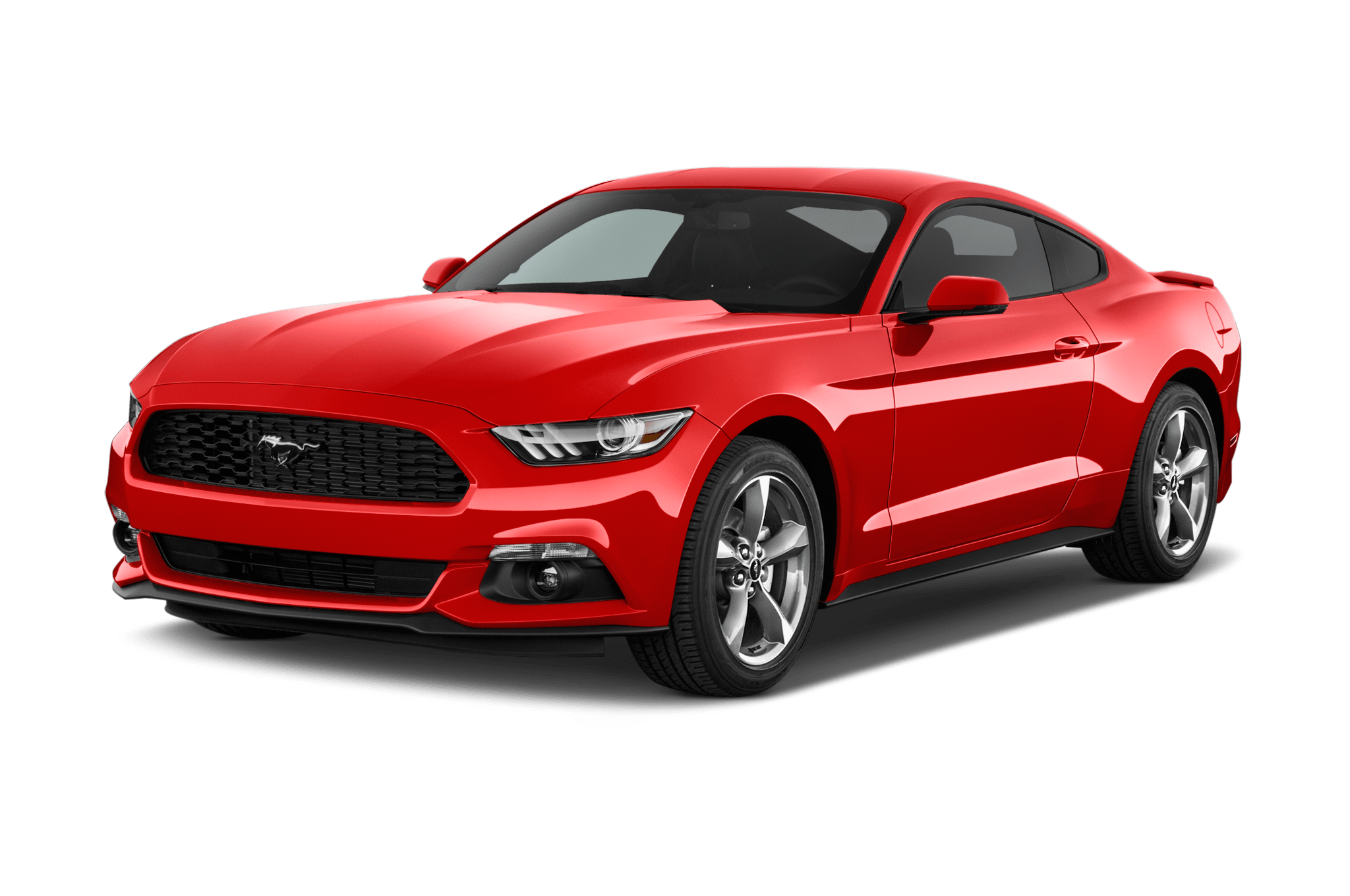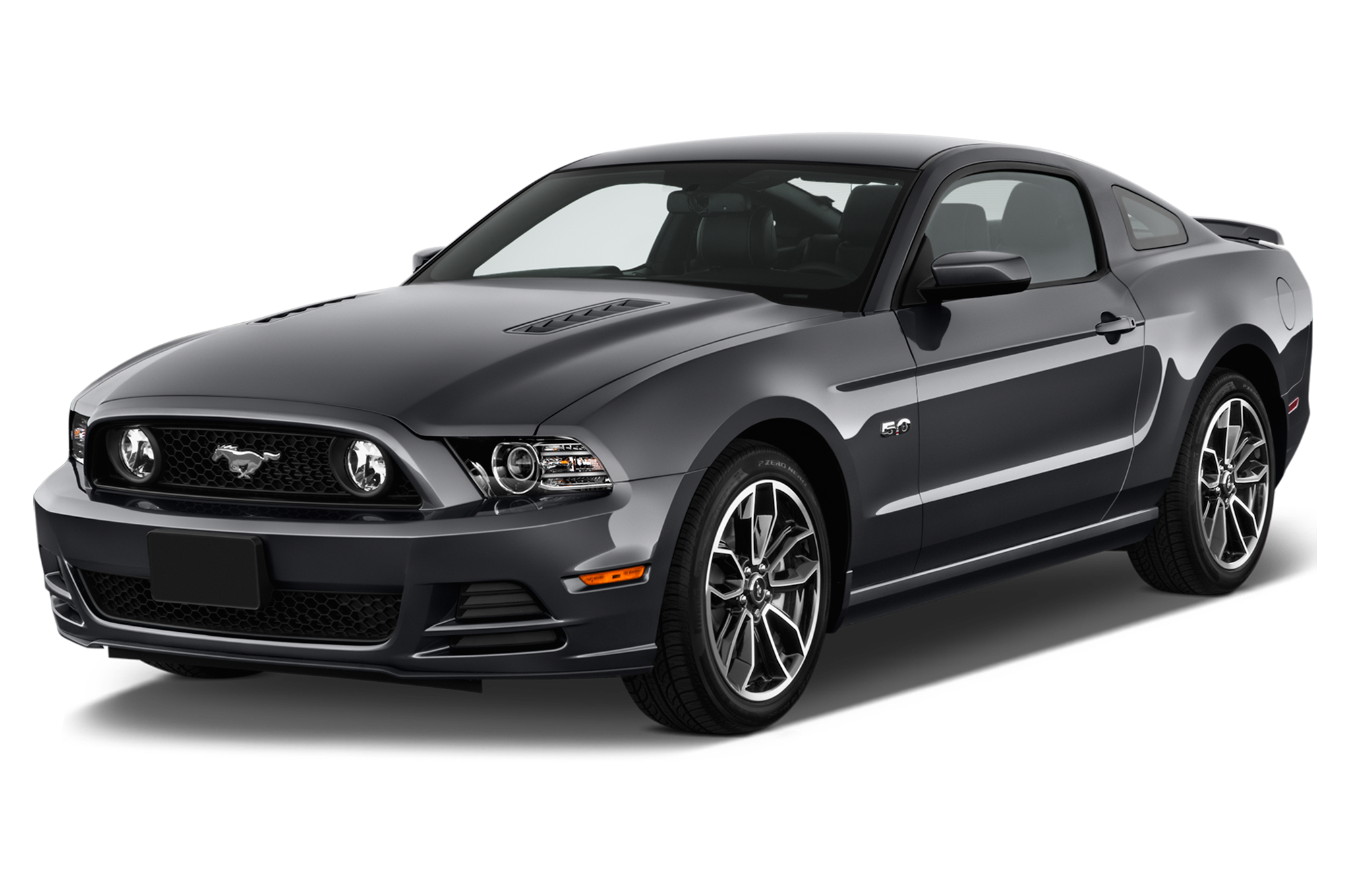Download top and best high-quality free Mustang PNG Transparent Images backgrounds available in various sizes. To view the full PNG size resolution click on any of the below image thumbnail.
License Info: Creative Commons 4.0 BY-NC
The mustang is a free-roaming horse native to the western United States, descended from Spanish-imported horses. Mustangs are commonly referred to be wild horses, although they are technically feral horses because they are derived from once-domesticated animals. The original mustangs were Spanish colonial horses, but many other breeds and types contributed to the contemporary mustang, resulting in a wide range of phenotypes. Some free-roaming horses, most heavily represented in the most isolated groups, are substantially unaltered from the original Spanish stock.
“Wild free-roaming horses and burros are living emblems of the historic and pioneer spirit of the West, which continue to contribute to the diversity of life forms inside the Nation and improve the lives of the American people,” the United States Congress said in 1971. The US Bureau of Land Management manages and protects the free-roaming horse population (BLM).
The sharing of land and resources by mustangs with ranching animals and the techniques used by the BLM to regulate their population levels have sparked debate. The most prevalent population control technique is to collect surplus people and place them for adoption with private persons. Because there aren’t enough adopters, many once-free-roaming horses are now housed in temporary and long-term holding facilities, raising fears that they’ll be sold for horse flesh. Another point of contention is whether mustangs”and horses in general”are native or introduced invasive species in the areas where they live.
The original mustangs were Spanish colonial horses, but many other breeds and types contributed to the contemporary mustang, resulting in a wide range of phenotypes. Mustangs of all body types are said to be surefooted and have a lot of stamina. They can have any color coat. Light riding horses prevail in all of the Bureau of Land Management’s Herd Management Locations, however a few horses with draft horse traits exist, mainly maintained isolated from other mustangs and limited to specialized areas. Some herds exhibit indications of Thoroughbred or other light racehorse-types being introduced into herds, a practice that also contributed to the development of the American Quarter Horse.
Today’s mustang has numerous separate breeding populations that are genetically isolated from one another and have diverse characteristics that may be traced back to certain herds. Assorted ranch animals who fled to or were thrown out on public lands, as well as wayward horses employed by the United States Cavalry, have all contributed genetically to today’s free-roaming mustang populations. Some Herd Management Areas (HMA) in Idaho, for example, have animals with known Thoroughbred and Quarter Horse stallions thrown out with wild herds. Herds produce curly Horses in two HMAs in central Nevada. Others, such as some Wyoming bands, exhibit gaited horse features.
Many cattle were examined for polymorphisms in Spanish blood groups (also known as “blood markers”) and microsatellite DNA sites. According to blood marker research, the Cerbat Mustang, Pryor Mountain Mustang, and certain horses from the Sulphur Springs HMA all have considerable Spanish heritage. The Kiger Mustang was also discovered to contain Spanish blood, and later microsatellite DNA verified the Pryor Mountain Mustang’s Spanish heritage.
Several additional HMAs have horses with Spanish characteristics including dun coloring and archaic markings. According to genetic research, other herds include varied mixtures of Spanish, gaited horse, draft horse, and pony influences.
Even in herds of draft or Thoroughbred lineage, most are tiny, standing between 14 and 15 hands (56 to 60 inches, 142 to 152 cm) and no more than 16 hands (64 inches, 163 cm) tall. Some domestic horse breeders believe the west’s mustang herds are inbred and of poor quality. On the other hand, supporters of the mustang claim that the animals are just tiny as a result of their difficult living conditions, and that natural selection has wiped out many characteristics that contribute to weakness or inferiority.
For mustangs having physical characteristics associated with early Spanish horses, the now-defunct American Mustang Association created a breed standard. One of these is a well-proportioned physique with a clean, elegant head with a broad forehead and tiny snout. The profile of the face can be either straight or somewhat convex. The shoulder should be “long and sloping,” and the withers should be modest in height. A short back, a deep girth, and muscular coupling across the loins are all considered ideal by the standard. The croup is not excessively flat or goose-rumped, yet it is rounded. The tail is placed low. Straight and sound legs are required. Hooves are thick and round. Horses of the Spanish breed are particularly prone to color dilution and primitive markings.
Download Mustang PNG images transparent gallery.
- Mustang PNG Photo
Resolution: 1818 × 1080
Size: 1342 KB
Image Format: .png
Download
- Mustang PNG Photos
Resolution: 2250 × 879
Size: 1751 KB
Image Format: .png
Download
- Mustang PNG Pic
Resolution: 2400 × 704
Size: 645 KB
Image Format: .png
Download
- Mustang PNG Picture
Resolution: 2048 × 1360
Size: 1193 KB
Image Format: .png
Download
- Mustang PNG
Resolution: 590 × 254
Size: 28 KB
Image Format: .png
Download
- Mustang Transparent
Resolution: 1920 × 960
Size: 343 KB
Image Format: .png
Download
- Mustang
Resolution: 1920 × 960
Size: 212 KB
Image Format: .png
Download
- Mustang Background PNG
Resolution: 1000 × 550
Size: 130 KB
Image Format: .png
Download
- Mustang No Background
Resolution: 1024 × 1024
Size: 118 KB
Image Format: .png
Download
- Mustang PNG Background
Resolution: 640 × 439
Size: 100 KB
Image Format: .png
Download
- Mustang PNG Clipart
Resolution: 1000 × 500
Size: 273 KB
Image Format: .png
Download
- Mustang PNG Cutout
Resolution: 800 × 398
Size: 258 KB
Image Format: .png
Download
- Mustang PNG File
Resolution: 1921 × 860
Size: 544 KB
Image Format: .png
Download
- Mustang PNG Free Image
Resolution: 500 × 211
Size: 93 KB
Image Format: .png
Download
- Mustang PNG HD Image
Resolution: 1200 × 762
Size: 484 KB
Image Format: .png
Download
- Mustang PNG Image File
Resolution: 632 × 390
Size: 48 KB
Image Format: .png
Download
- Mustang PNG Image HD
Resolution: 960 × 640
Size: 613 KB
Image Format: .png
Download
- Mustang PNG Image
Resolution: 900 × 336
Size: 266 KB
Image Format: .png
Download
- Mustang PNG Images HD
Resolution: 2048 × 1360
Size: 444 KB
Image Format: .png
Download
- Mustang PNG Images
Resolution: 2048 × 1360
Size: 1751 KB
Image Format: .png
Download
